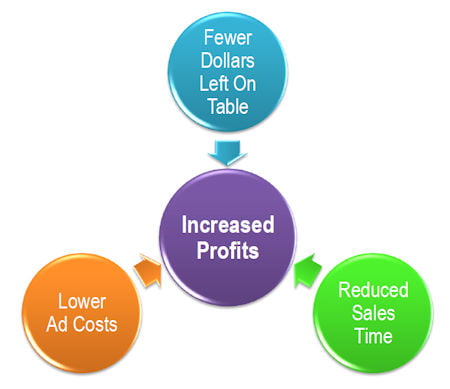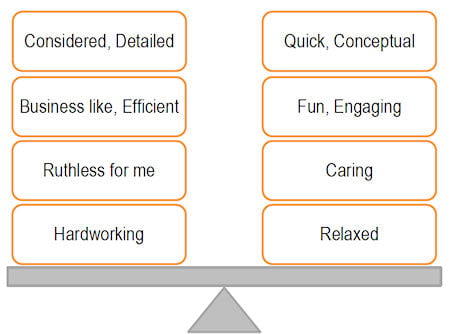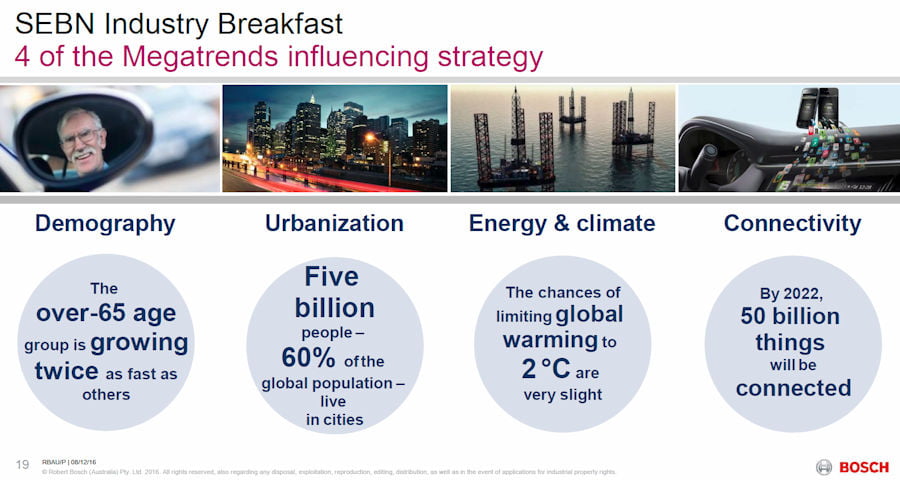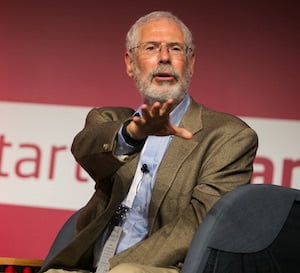Good Marketing Generates Growth
This is Part 2 of the SEBN (South East Business Networks) business breakfast held just before Christmas 2016. Here we have John Berenyi of Bergent Research sharing with us on how big a game changer good marketing can be. John is a registered psychologist with degrees in commerce and technology. He presented a series of ideas on good marketing and the profit improvements than can be achieved by using good marketing principles. This is an excerpt.
A bit of research shows this is a common presentation topic for John and one that has been requested Internationally so it is worth paying attention to what he says.
Game Changing Growth
Good Marketing delivers:
- increased profits
- reduced sales time
- reduced costs
And how does this happen? By giving your buyers what they really want! Seems simple yet my experience is that this is not as simple as it sounds.
Because in our highly marketing driven environment there are fewer dollars left on the table, giving customers what they really want leads to them buying. And it also leads to a Value Monopoly.
Value Monopoly
Value Monopoly comes from:
- Tight brand – build margin because you can sell at a premium Eg. Apple, Harvey Davidson, Lego
- Right communication – if you don’t do this you are wasting money
- Emotional brand benefit
- Rational brand benefit
- Price kick
- Real value
A good example is Harley-Davidson. They sell a Motor Bike. Or do they? Here is a quote from their head of marketing: “What we sell is the ability for a 43-year-old accountant to dress in black leather, ride through small towns and have people be afraid of him.”
So the comment about selling what people really want comes in here. They don’t want just a motor bike. They want a motor bike with attitude. They want benefits beyond speed, fuel consumption and reliability. In this case, image.
And there is a formula for this.
Value Monopoly = (pQ x Eb) / (P + rT)
Where:
- pQ = perceived quality
- Eb = ego boost
- P = price
- rT = relative time to acquire
So price is important but it is a long way from being the whole game. However if you are more expensive and can’t justify it, then you have a big issue. From the above you can see that reducing price only helps if they can get it quickly or either the perceived quality or ego boost go up. When did reducing price ever increase the ego boost or perceived quality?
So this is an interesting formula. You can increase your value monopoly mostly by increasing the perceived quality, increasing the ego boost associated with the product (for the buyer type), making it quicker to get, or making the price lower. Amazon have gone with the quick to get and lower price strategy. Most of the products aren’t theirs so they are stuck with the ego boost of the market, and the same goes for the perceived quality. So they have primarily tackled the terms on the bottom line. An exception is a product like the Kindle where they also went for perceived quality. So three of the four terms.
Back to price. On price you have these five buyer types:
- Budget buyer
- Negotiator
- Specials junkie
- Bang for buck with every feature
- Dream buyer (their dream, not yours)
We are all like this but which type of buyer we are depends on the product category. Studies show that budget buyers are only 10% of the market. This also applies to your customers. So again, just selling on price is a mistake unless it is that 10% you are specifically going after.
But how do you find out what type of buyer each prospect is?
Here is where the problem comes from when you try to find out what type of buyer you are dealing with:
- They don’t know
- They can’t tell you because they don’t have the language / concept
- They won’t tell you because they are either embarrassed or have some other reason
Ultimately, if you understand what your customers really want and can communicate what you offer so they get it, then you will sell a lot more of the same product. But you will also need to look at understanding what they really want, and not just what they say they want.
Here is a list of recurring reasons for buying a house:
- Make my sister really jealous
- Prove to mum and dad that I’m responsible
- Prove how successful we’ve become
- Let me be popular for once
- Make my family love me
- Show my life’s work is worth something
- I want to feel in control
- Keep my marriage together
- Prove emigration was good idea
As a real estate agent, it would be helpful understand the current buyer so you can offer them something they want. But they are unlikely to be open about it up front. And to everyone wants to be sold to the same way. We all have a disposition in how we are sold to. Not everyone wants their agent to be their best friend. Not everyone wants efficiency. Here is an example of some ways people think about the salesperson they want to deal with.
All of the above fits my concepts of good marketing. So lots of stuff to think about there. I hope you found this helpful as you are considering how best to navigate 2017.
My thanks go to John Berenyi for making his slide deck available from the morning. Most of the graphics came from that.
Successful Endeavours specialise in Electronics Design and Embedded Software Development, focusing on products that are intended to be Made In Australia. Ray Keefe has developed market leading electronics products in Australia for more than 30 years. This post is Copyright © 2017 Successful Endeavours Pty Ltd.












